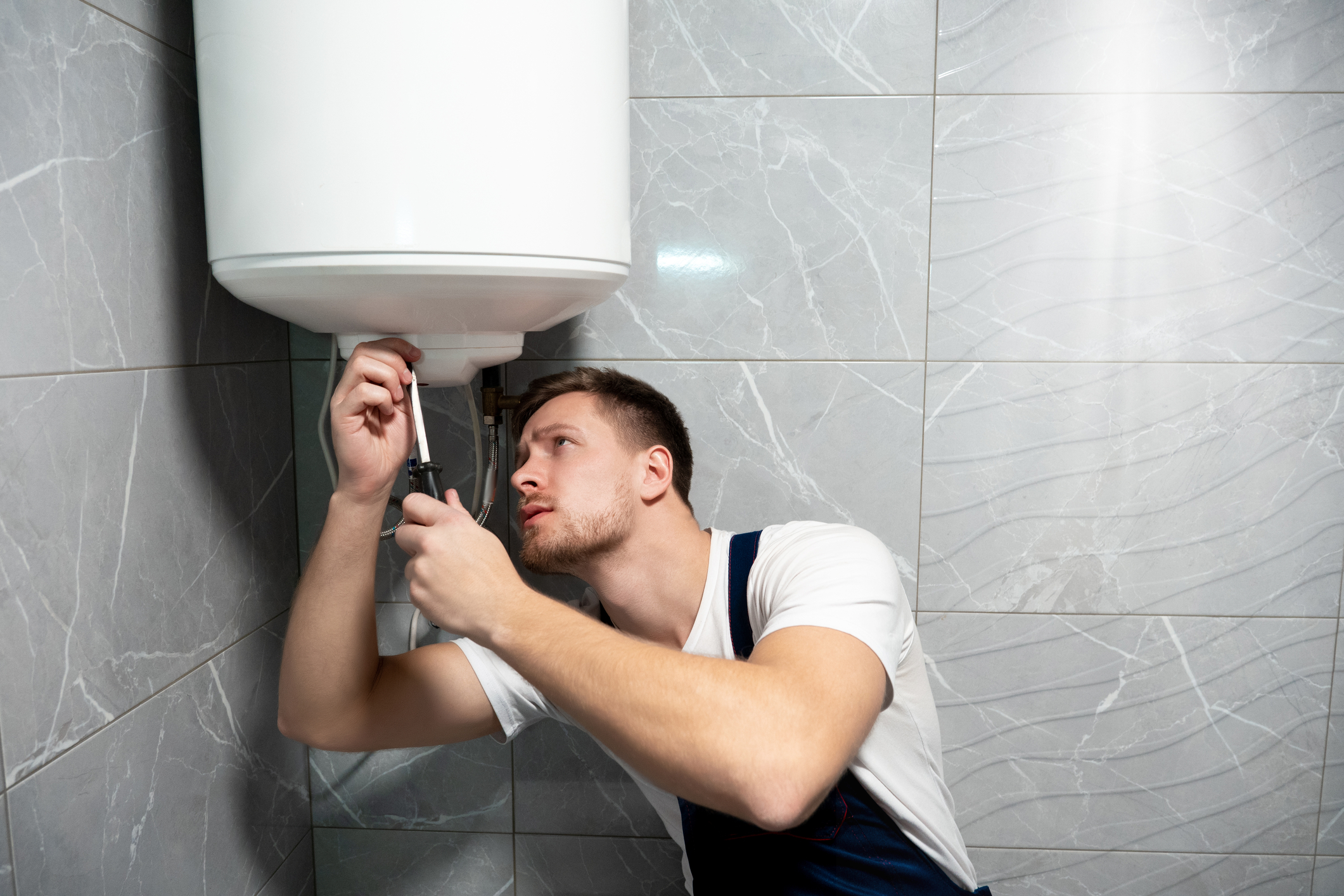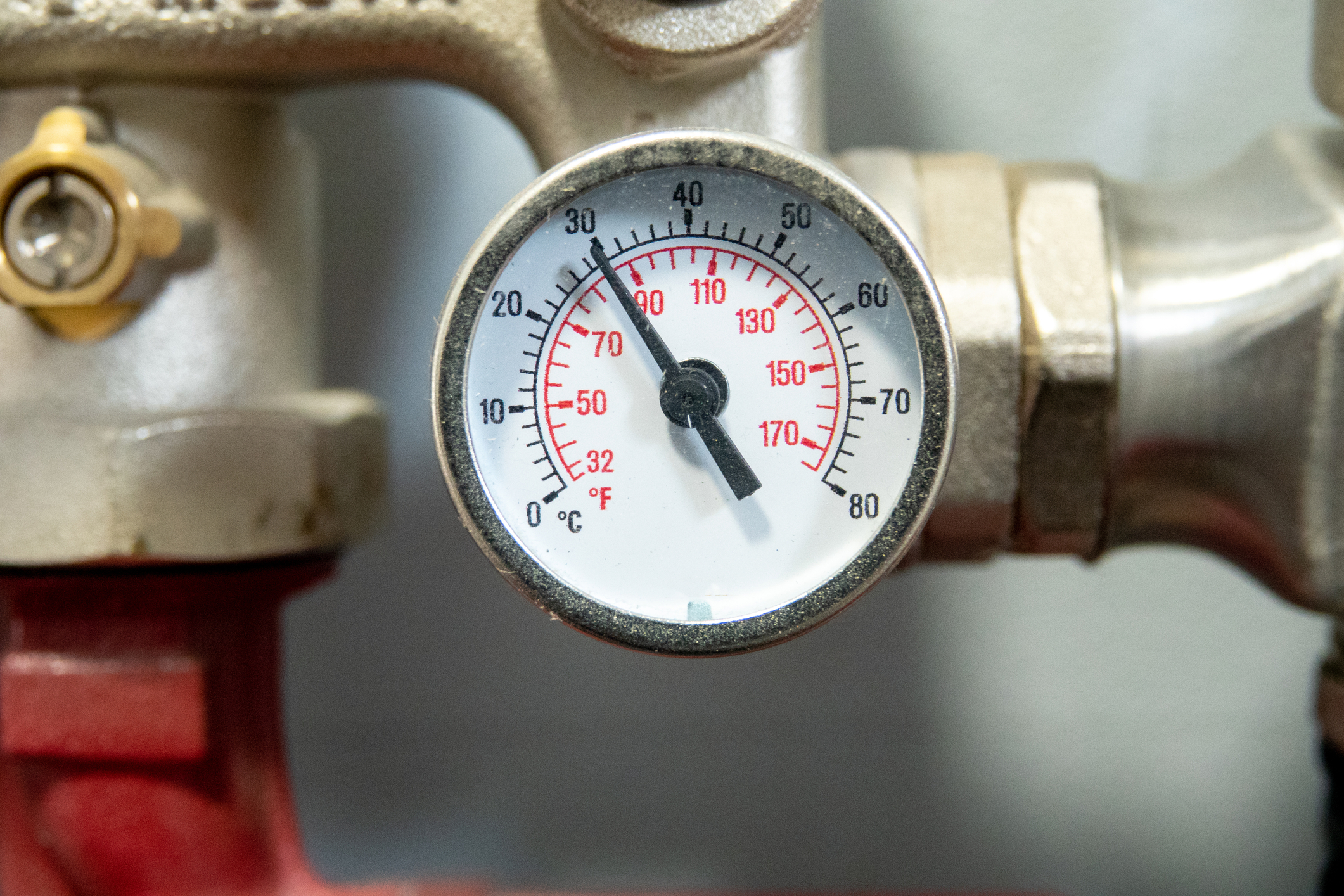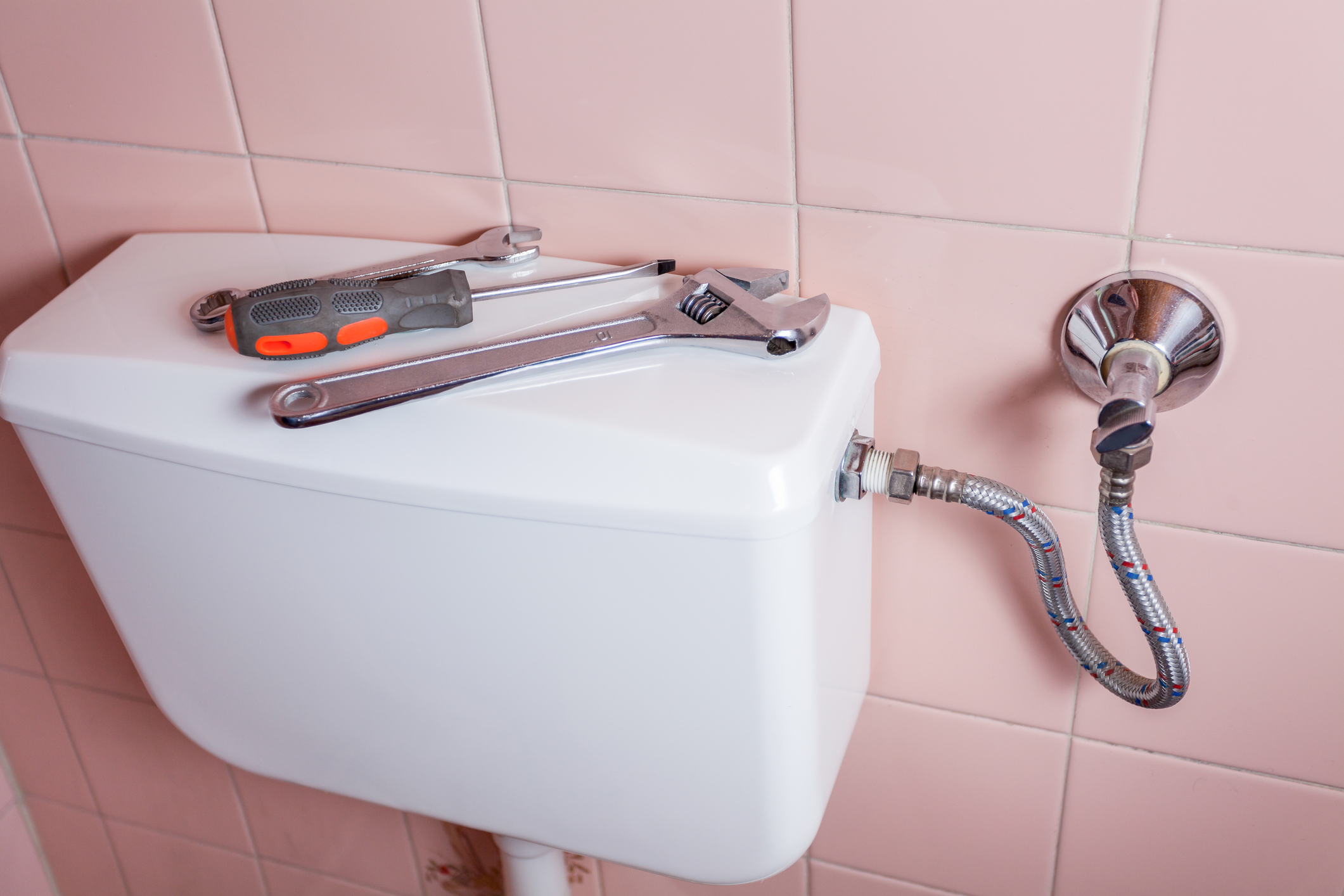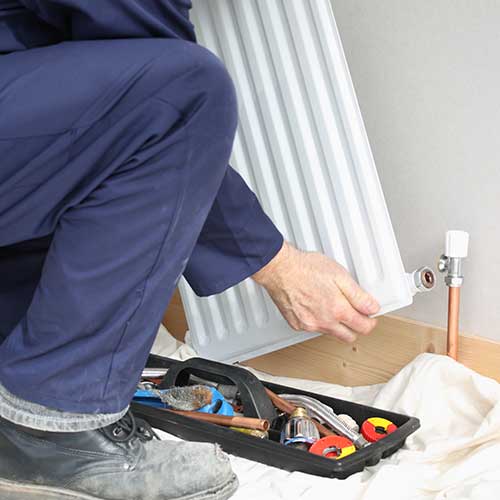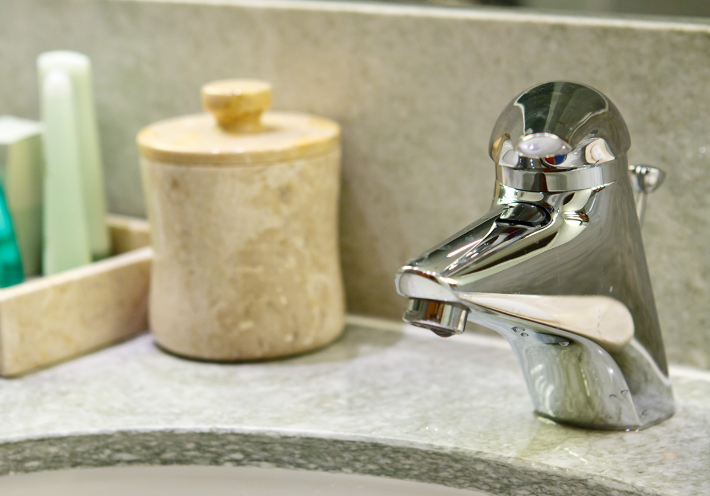A leaking boiler is no joke. In fact, it’s so serious, you can’t just choose to ignore it, because doing so would pose you and the rest of your household with some potential risks. Such leaks can lead to the rusting of your boiler’s external and internal component, or worse the short-circuiting of the electrical components inside your boiler. That is why it is crucial that you get the problem fixed as quickly as possible when you notice that your boiler has started to leak. It is, however, important to note that repairing a leaking boiler is not some DIY job, but instead one for gas safe registered engineers.
The following tips are not for you to perform the repair job on your own, but rather some tips on how to determine the presence of a boiler leak, what you should do in the event of one, and the risks of ignoring a leaking boiler.
Signs of Boiler Leakages
For you to know that your boiler is leaking, you should be on the lookout for the following signs.
Water and water damage
To put it simply, it is not a good sign when your boiler is leaking water. Water is the telltale sign of a leaking boiler system. If you notice water dripping or a pool of leak water or moisture around and underneath your boiler, then your boiler probably is leaking.
Additionally, if there is water damage anywhere around your boiler, you’ve probably got a boiler leak longer than you realize.
Slow heating process
A boiler working in perfect order would power up the heat on your tap or central heating systems almost instantly. If this is not the case, then your boiler may be damaged or leaking.
Low water pressure
This one is exceptionally easy to spot on combi boilers and system boilers that have a pressure gauge. Boiler pressure dropping is another sign that something is wrong with your boiler system. In cases like these, you may want to start trying to locate the leak, but again, do not attempt to repair the boiler yourself. Just knowing where the leak is can help your engineer diagnose and repair your boiler.
Common Causes of a Boiler Leak
While trying to stop the leak yourself is not advisable, it would be smart of you to know what exactly caused it. Here are some of the usual causes of a leak in your boiler:
System Damage/Corrosion
The most common cause of a boiler leak is damage in the pipework and overall system. Over time, the combination of the water and the metallic debris within the system will naturally corrode your pipes and your boiler’s components, eventually making gaps that are big enough for water to escape.
If the corrosion is isolated in one part of your boiler system, then a gas safe engineer would be able to replace the component without any issues. However, if the damage is extensive, then you may have to replace your boiler.
Pressure Issues
While low water and boiler pressure is also a sign of a leaking boiler, too much boiler pressure can also be a culprit to the leak. If your boiler is leaking from the boiler pressure valve, then it’s best to check if your boiler pressure is too high. To determine, simply check the pressure gauge and make sure that it is in the green or safe zone. If it is, then you may use the pressure relief valve to ease some of the pressure on your boiler, thus preventing further damage to your home and your appliances.
Although bleeding your boiler ideally is something you can do on your own, limescale and other obstructions in your system are often involved. That is why, to be cautious, this is something that you may want to pass on to a gas safe registered engineer.
Temperature Probe Problems
If the leak is coming from your boiler’s temperature valve, then there is a probable issue in the temperature probe. For such problems, you may refer to a gas safe engineer.
Internal Seal Damage
A boiler’s whole system is sealed, that’s how it works. However, the wear and tear eventually cause the rubber seals inside your boiler to harden or even break. While this is usually more common in old boilers, it can also happen to new boilers that have been running overpressure. This, in turn, can cause water to leak out of your boiler. To find out if this is the case, you may open the boiler cover and take a peek at the inside of your boiler. However, you must remember not to touch anything.
Damaged Heat Exchanger
Unfortunately, this is not something you can identify for yourself. Additionally, most of the time, when your boiler has issues with the heat exchanger, it is almost often beyond economical repair. The heat exchanger is the most expensive part of a boiler, and trying to salvage your boiler by getting this fixed would probably just be a pinch cheaper than getting a new boiler altogether.
If a gas engineer diagnoses your boiler with heat exchanger damage, you may want to start getting a quote online for a boiler replacement.
Installation Faults
If your boiler is leaking at the pipe fittings, then chances are there has been an installation fault. If this is the case, you will want to call for a gas engineer to look over your entire boiler system to make sure there are no loose joints, poorly sealed pipe fittings, etc.
Is A Leaking Boiler Dangerous?
If left unchecked, yes. It could cause electrical components to short circuit. This, in turn, could affect the power supply in your entire home. Additionally, it can be a health hazard if there is extensive water damage caused by a boiler leak. Water damage in your home can cause the growth of mould and fungi, which both have dangerous effects on one’s health. When exposed to moulds and fungi, one could experience a blocked nose, coughing, sneezing, difficulty breathing, and asthma. It may also cause structural damage, which will pose many physical risks to anyone in your home.
How Do I Prevent Potential Boiler Leaks In The Future?
Boiler leaks occur, and there’s no preventing that. However, to minimize the chances of it ever happening in your home, you may want to consider the following:
- Look into buying big name boiler brands.
- Get your boiler periodically checked. Once or twice a year should do the trick.
- If you need your boiler serviced by gas safe registered engineers
What If My Boiler Is Not Leaking Water, But Gas?
If this is the case, then you must know that this poses a much bigger risk than just water leaks. Unfortunately, for such cases, you almost always can’t tell if it’s happening. This is because natural gas is odourless, despite gas manufacturers usually adding in some chemicals for gas to give off the faint smell of sulfur or rotten eggs. However, you don’t have to worry, as there are other ways to tell if there is a gas leak in your home.
If you suspect your boiler has a gas leak, make sure to switch off your gas supply, open all your doors and windows, vacate the premises, and call the National Grid Gas hotline at 0800 111 999. Make sure all electronics are turned off and that there are no naked flames in your property’s immediate vicinity.
Final Thoughts
While we have already stressed it enough, do not attempt to replace or repair your boiler on your own. Yes, DIY-ing this would save you a few hundred bucks, but what good would that be when there’s a much bigger risk of you aggravating the problem instead of providing a solution? Gas safe engineers exist for a reason, so leave it to the professionals to get it done!



